As a teen athlete, you lead a busy life balancing school, sports, and social activities. Proper nutrition is essential for fueling your active lifestyle and staying healthy. Your adolescent body is still developing physically, so you need to eat enough of the right nutrients to support bone growth, muscle development, and hormonal balance, in addition to the demands of your sports or activities.
Read on for some practical tips on incorporating nutrient-dense meals and snacks into your daily routines to maximize energy levels, recovery, and performance.
Balanced Meals for Teen Athletes
Due to rapid growth and development and increased energy expenditure, you have unique nutritional needs. To support your athletic endeavors and overall health, you require a well-balanced diet rich in macronutrients, vitamins, and minerals.
Athlete performance plates provide a visual guide to help you portion your meals effectively. These plates emphasize carbohydrates as the primary fuel source, lean proteins for muscle repair and growth, and colorful vegetables and fruits for vitamins, minerals, and antioxidants. Healthy fats round out the plate to support hormone production and nutrient absorption.
Carbohydrates: Choose minimally processed carbohydrates such as quinoa, potatoes, beans, brown rice, and old-fashioned oats most often.
Protein: Choose lean sources of protein such as shellfish, poultry, fish, bison, beans, and tofu most often.
Color: It’s important to eat a wide variety of colorful fruits and vegetables, as each color provides different nutrients and health benefits. Color also adds volume and fiber to meals, promoting satiety and digestive health.
Healthy fats: Choose sources of healthy fats such as avocados, nuts, seeds, olive oil, and fatty fish (salmon, mackerel, trout) most often.
The portion sizes will depend on your activity levels, goals, size, and hunger. For most teen athletes participating in moderate-intensity training, the athlete performance plate will be divided into ⅓ carbs, ⅓ protein, ⅓ color. On hard-intensity training days or competition days, half the plate would be carbs, and then protein and color would each make up a quarter of the plate.

Smart Snacking Strategies for Teen Athletes
In addition to balanced meals, smart snacking plays a key role in keeping you fueled throughout the day. Pair a carbohydrate and a protein source to create a balanced snack. You should have a snack before and after training or anytime you’ll be going longer than three hours between meals.
Choose snacks that are easy to pack and consume on the go, such as energy bars, yogurt with fruit, or trail mix. These snacks provide a balance of macronutrients and can help prevent hunger and fatigue during long school days or intense training sessions. Chargel is another delicious and convenient option, especially 30-60 minutes before physical activity or during long endurance training.
It's also important to stay hydrated throughout the day. Drink water regularly and consider incorporating electrolyte-rich beverages such as sports drinks or coconut water, especially during prolonged exercise or hot weather.
By prioritizing balanced meals and smart snacking strategies, you can ensure you have the energy and nutrients needed to perform your best both on and off the field. Proper nutrition can support your growth, development, and athletic endeavors while laying the foundation for a lifetime of healthy habits.
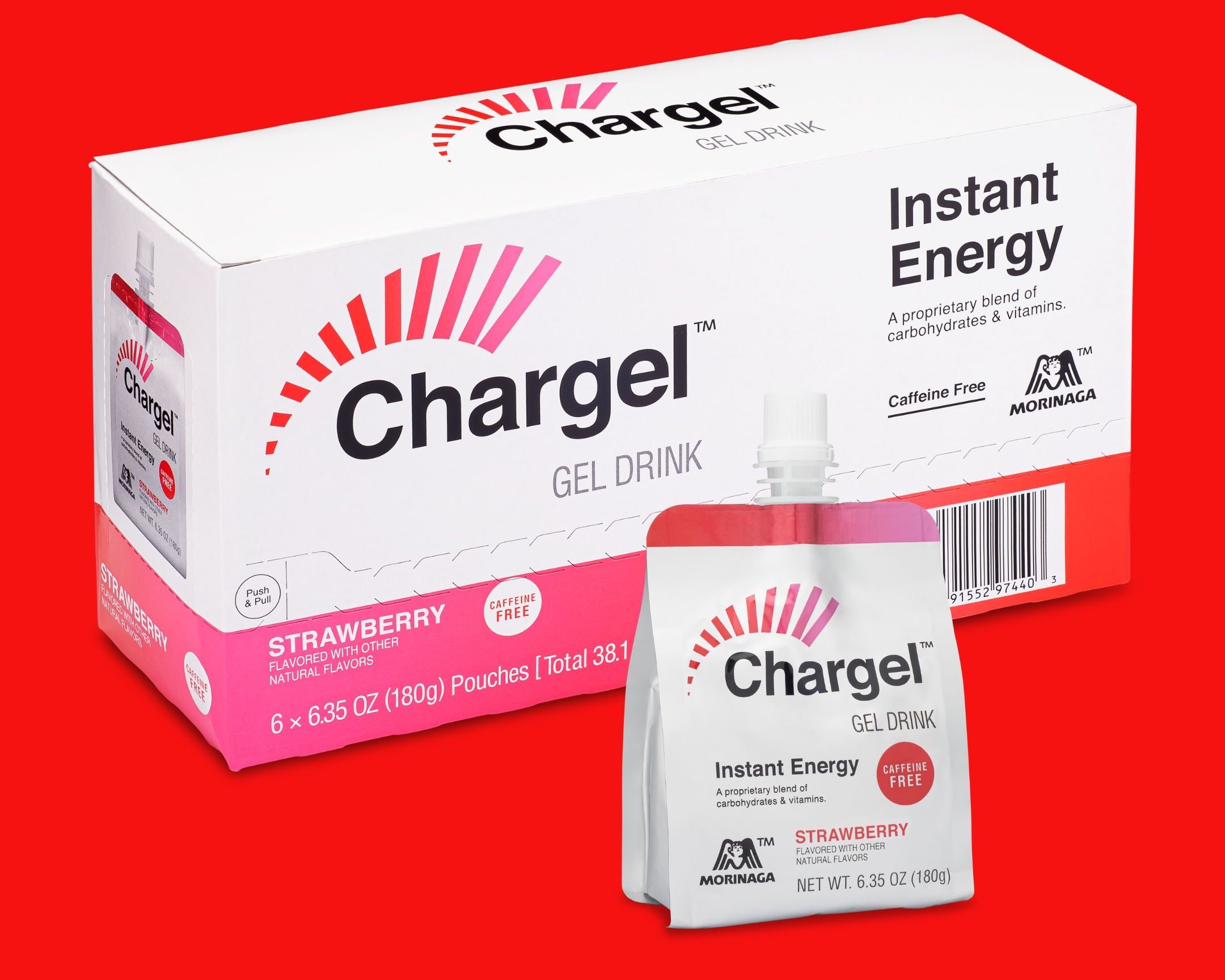
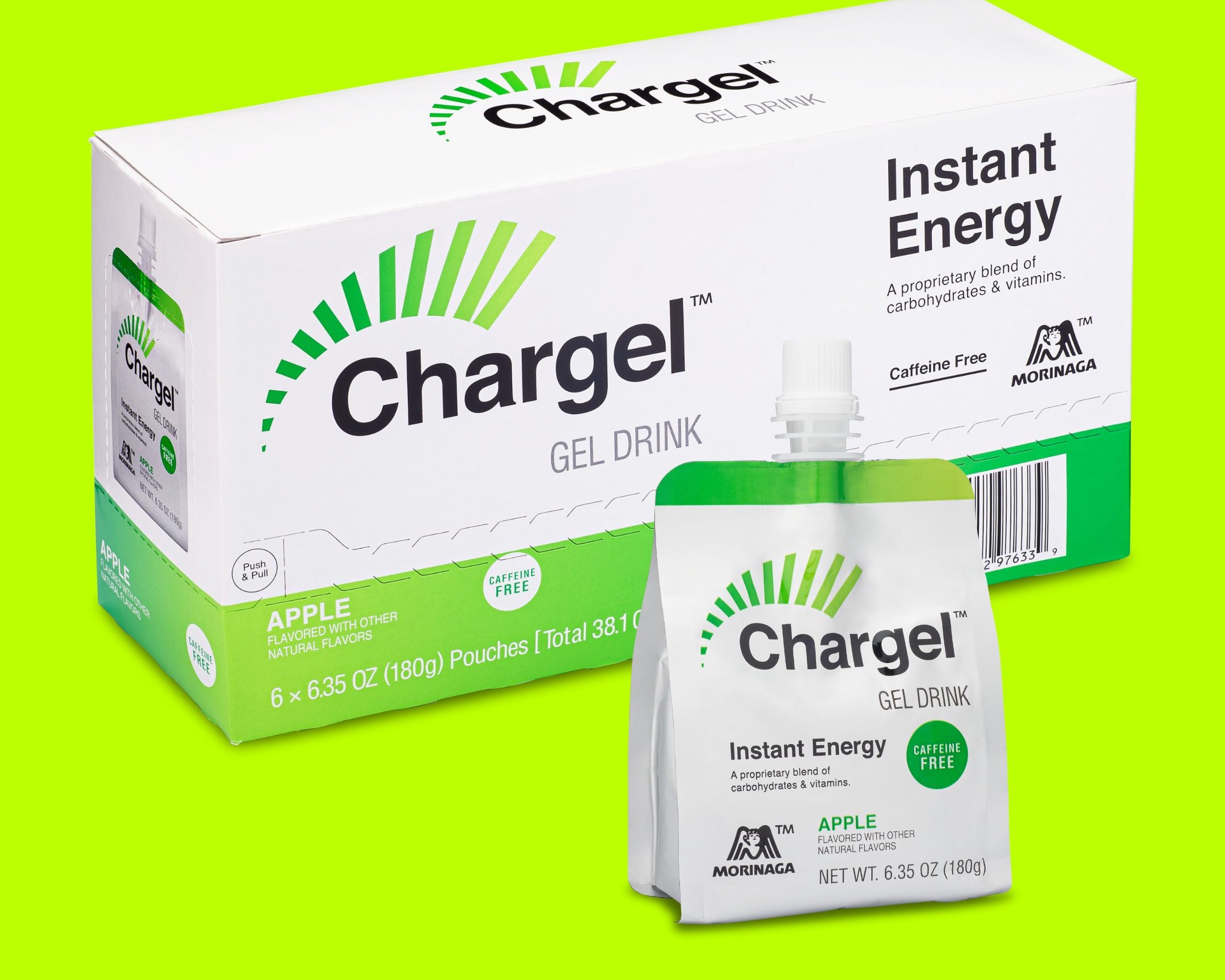

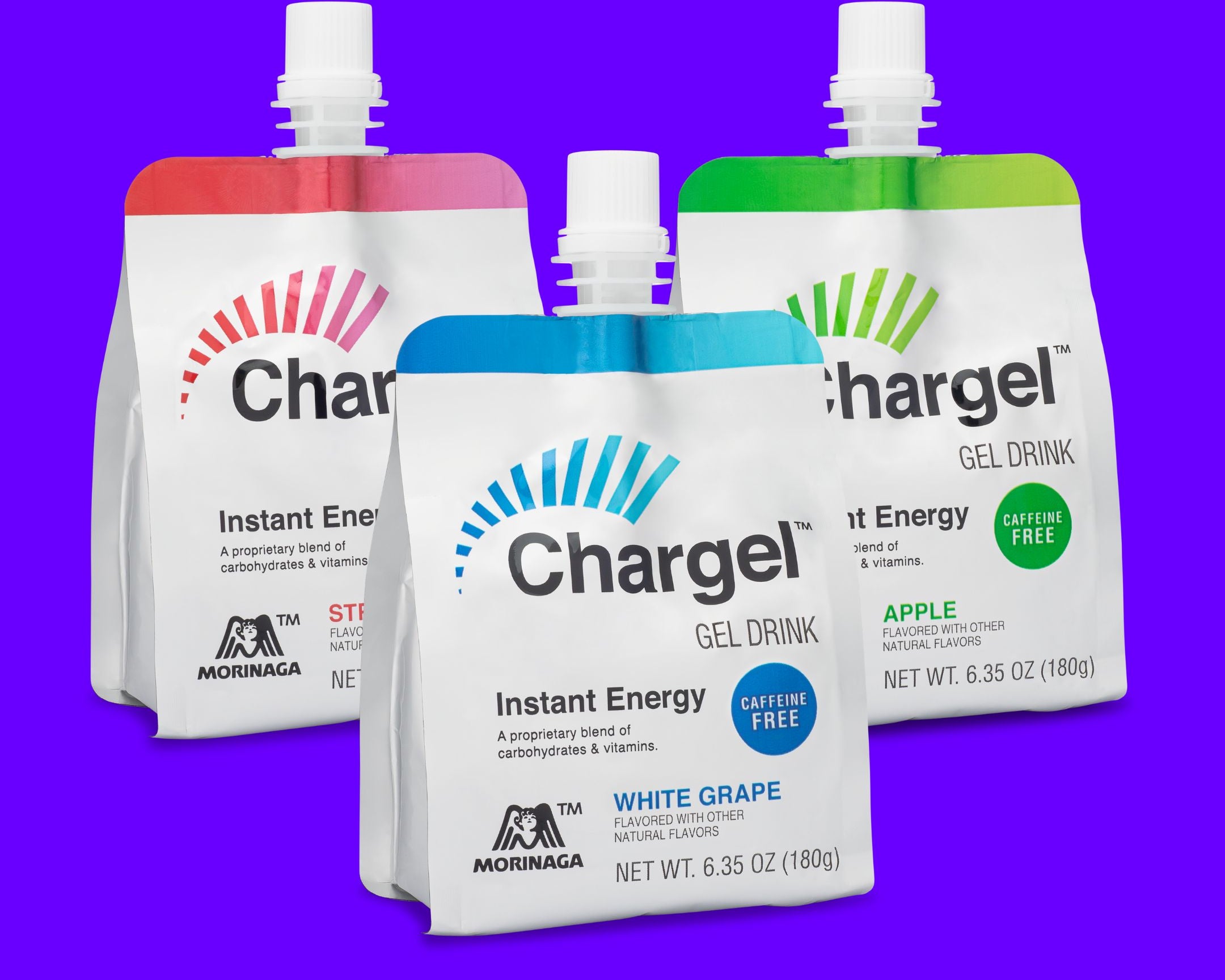
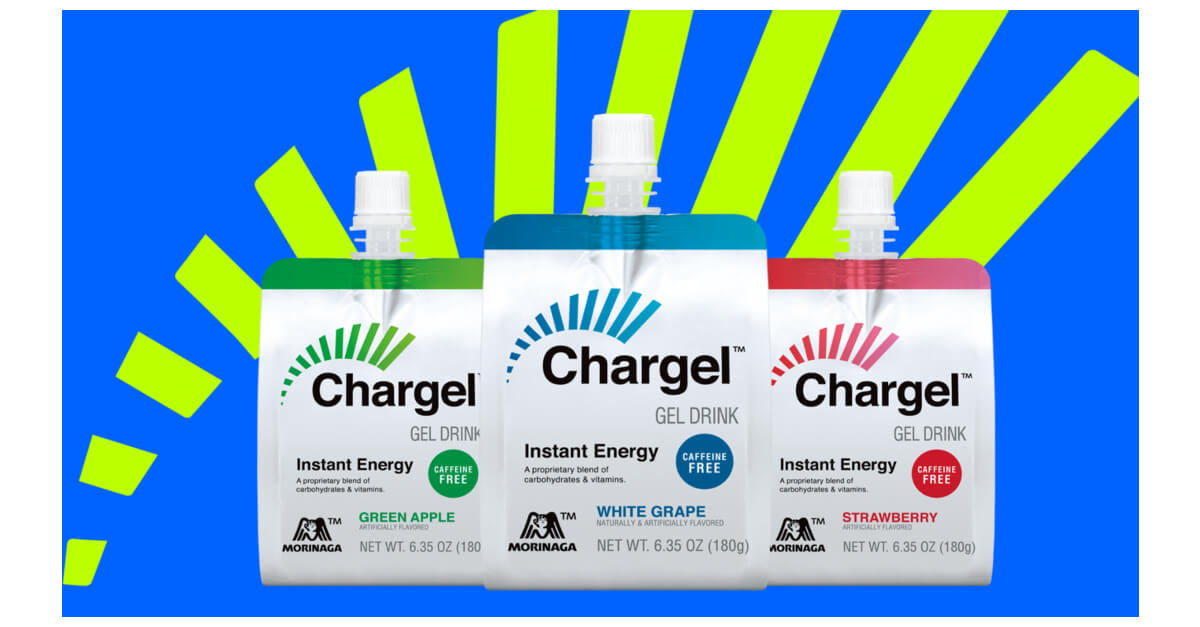



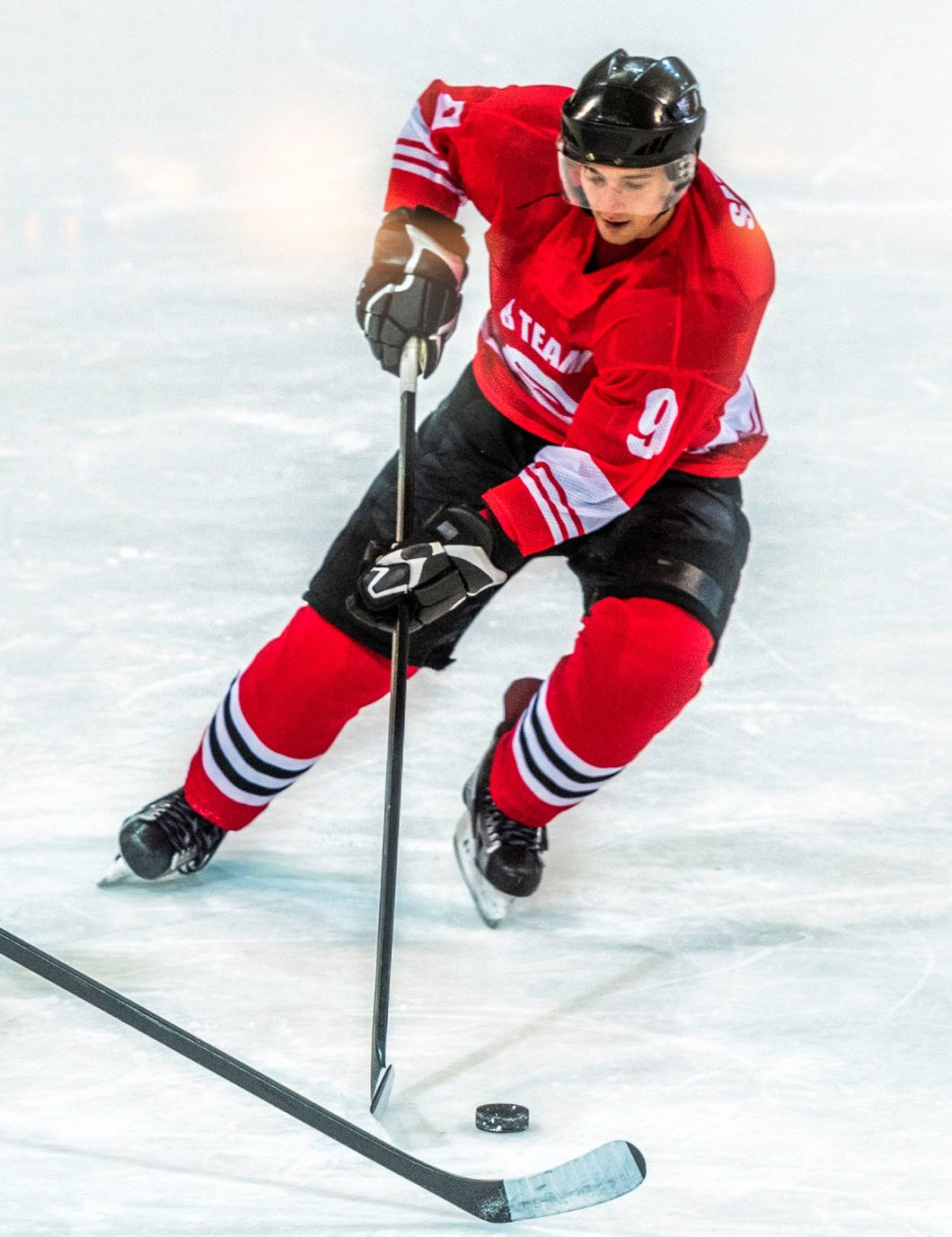
elecroindrive.com
elecroindrive.com
elecroindrive.com
elecroindrive.com
elecroindrive.com
elecroindrive.com
elecroindrive.com
elecroindrive.com
elecroindrive.com
elecroindrive.com
elecroindrive.com
elecroindrive.com
elecroindrive.com
elecroindrive.com
elecroindrive.com
elecroindrive.com
elecroindrive.com
elecroindrive.com
elecroindrive.com
elecroindrive.com
elecroindrive.com
elecroindrive.com
elecroindrive.com
elecroindrive.com
elecroindrive.com
elecroindrive.com
elecroindrive.com
elecroindrive.com
elecroindrive.com
elecroindrive.com
elecroindrive.com
elecroindrive.com
elecroindrive.com
elecroindrive.com
elecroindrive.com
elecroindrive.com
elecroindrive.com
elecroindrive.com
elecroindrive.com
elecroindrive.com
elecroindrive.com
elecroindrive.com
elecroindrive.com
elecroindrive.com
elecroindrive.com
elecroindrive.com
elecroindrive.com
elecroindrive.com
elecroindrive.com
elecroindrive.com
elecroindrive.com
elecroindrive.com
elecroindrive.com
elecroindrive.com
elecroindrive.com
elecroindrive.com
elecroindrive.com
elecroindrive.com
elecroindrive.com
elecroindrive.com
elecroindrive.com
elecroindrive.com
elecroindrive.com
elecroindrive.com
elecroindrive.com
elecroindrive.com
elecroindrive.com
elecroindrive.com
elecroindrive.com
elecroindrive.com
elecroindrive.com
elecroindrive.com
elecroindrive.com
elecroindrive.com
elecroindrive.com
elecroindrive.com
elecroindrive.com
elecroindrive.com
elecroindrive.com
elecroindrive.com
elecroindrive.com
elecroindrive.com
elecroindrive.com
elecroindrive.com
elecroindrive.com
elecroindrive.com
elecroindrive.com
elecroindrive.com
elecroindrive.com
elecroindrive.com
elecroindrive.com
elecroindrive.com
elecroindrive.com
elecroindrive.com
elecroindrive.com
elecroindrive.com
elecroindrive.com
elecroindrive.com
elecroindrive.com
elecroindrive.com
elecroindrive.com
elecroindrive.com
elecroindrive.com
elecroindrive.com
elecroindrive.com
elecroindrive.com
elecroindrive.com
elecroindrive.com
elecroindrive.com
elecroindrive.com
elecroindrive.com
elecroindrive.com
elecroindrive.com
elecroindrive.com
elecroindrive.com
elecroindrive.com
elecroindrive.com
elecroindrive.com
elecroindrive.com
elecroindrive.com
elecroindrive.com
elecroindrive.com
elecroindrive.com
elecroindrive.com
elecroindrive.com
elecroindrive.com
elecroindrive.com
elecroindrive.com
elecroindrive.com
elecroindrive.com
elecroindrive.com
elecroindrive.com
elecroindrive.com
elecroindrive.com
elecroindrive.com
elecroindrive.com
elecroindrive.com
elecroindrive.com
elecroindrive.com
elecroindrive.com
elecroindrive.com
elecroindrive.com
elecroindrive.com
elecroindrive.com
elecroindrive.com
elecroindrive.com
elecroindrive.com
elecroindrive.com
elecroindrive.com
elecroindrive.com
elecroindrive.com
elecroindrive.com
elecroindrive.com
elecroindrive.com
elecroindrive.com
elecroindrive.com
elecroindrive.com
elecroindrive.com
elecroindrive.com
elecroindrive.com
elecroindrive.com
elecroindrive.com
elecroindrive.com
elecroindrive.com
elecroindrive.com
elecroindrive.com
elecroindrive.com
elecroindrive.com
elecroindrive.com
elecroindrive.com
elecroindrive.com
elecroindrive.com
elecroindrive.com
elecroindrive.com
elecroindrive.com
elecroindrive.com
elecroindrive.com
elecroindrive.com
elecroindrive.com
elecroindrive.com
elecroindrive.com
elecroindrive.com
elecroindrive.com
elecroindrive.com
elecroindrive.com
elecroindrive.com
elecroindrive.com
elecroindrive.com
elecroindrive.com
elecroindrive.com
elecroindrive.com
elecroindrive.com
elecroindrive.com
elecroindrive.com
elecroindrive.com
elecroindrive.com
elecroindrive.com
elecroindrive.com
elecroindrive.com
elecroindrive.com